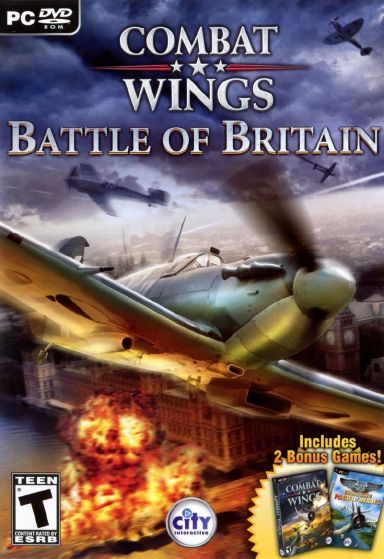
On 16 July, Hitler ordered the preparation of Operation Sea Lion as a potential amphibious and airborne assault on Britain, to follow once the Luftwaffe had air superiority over the Channel. The German high command recognised the logistic difficulties of a seaborne attack, particularly while the Royal Navy controlled the English Channel and the North Sea. The Germans had rapidly overwhelmed France and the Low Countries, leaving Britain to face the threat of invasion by sea.

Eventually, it employed terror bombing on areas of political significance and on civilians. As the battle progressed, the Luftwaffe also targeted factories involved in aircraft production and strategic infrastructure. On 1 August, the Luftwaffe was directed to achieve air superiority over the RAF, with the aim of incapacitating RAF Fighter Command 12 days later, it shifted the attacks to RAF airfields and infrastructure. In July 1940, the air and sea blockade began, with the Luftwaffe mainly targeting coastal-shipping convoys, as well as ports and shipping centres such as Portsmouth. The primary objective of the German forces was to compel Britain to agree to a negotiated peace settlement.

German historians do not accept this subdivision and regard the battle as a single campaign lasting from July 1940 to June 1941, including the Blitz.

The British officially recognise the battle's duration as being from 10 July until 31 October 1940, which overlaps the period of large-scale night attacks known as the Blitz, that lasted from 7 September 1940 to. It has been described as the first major military campaign fought entirely by air forces. The Battle of Britain, also known as the Air Battle for England ( German: die Luftschlacht um England), was a military campaign of the Second World War, in which the Royal Air Force (RAF) and the Fleet Air Arm (FAA) of the Royal Navy defended the United Kingdom (UK) against large-scale attacks by Nazi Germany's air force, the Luftwaffe.


 0 kommentar(er)
0 kommentar(er)
